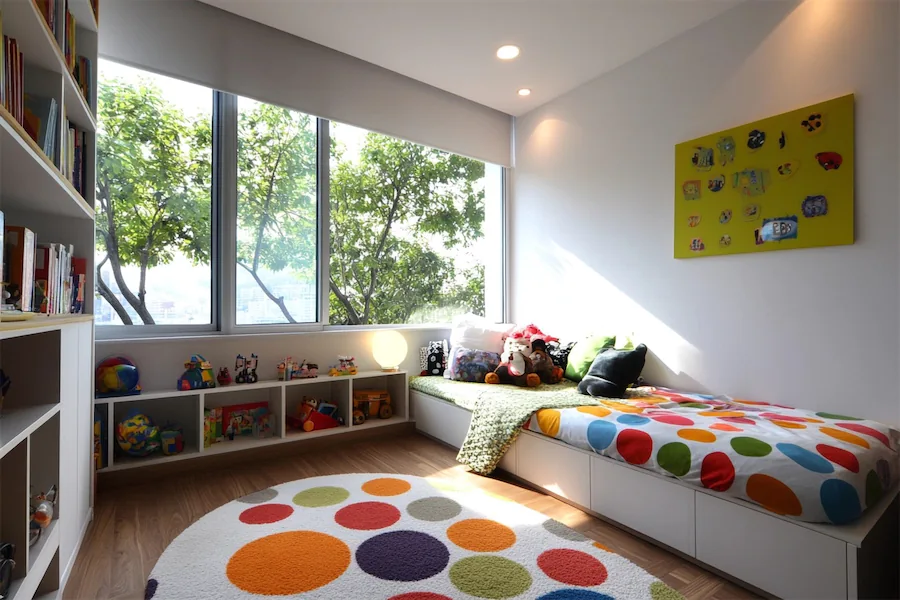Designing a minimalist kid’s room focuses on simplicity, functionality, and creating a serene environment that fosters creativity and relaxation. By thoughtfully selecting essential elements and reducing clutter, you can craft a space that is both practical and inviting for your child.
Introduction to Minimalist Kid’s Rooms
A minimalist kid’s room emphasizes clean lines, neutral color palettes, and purposeful furnishings. This design approach not only creates a calming atmosphere but also encourages children to focus on activities and play without unnecessary distractions. Incorporating minimalism into a child’s space can promote organization and make maintenance easier for both parents and kids.
History and Origins of Minimalist Kid’s Rooms
The minimalist design movement originated in the late 1960s and early 1970s, focusing on simplicity and the elimination of excess. Applying these principles to children’s rooms is a more recent trend, aiming to counteract the overstimulation that can come from brightly colored, cluttered spaces. By adopting minimalist designs, parents seek to create environments that support mental clarity and well-being for their children.
Key Features of Minimalist Kid’s Rooms
- Neutral Color Palettes: Utilizing soft, neutral tones such as whites, beiges, and grays establishes a tranquil backdrop. Accents of muted colors can be introduced through accessories or artwork to add subtle interest without overwhelming the space.
- Functional Furniture: Selecting furniture pieces that serve multiple purposes, like beds with built-in storage or desks that double as play areas, maximizes utility and maintains a clean aesthetic.
- Clutter-Free Spaces: Incorporating ample storage solutions, such as open shelving or wall-mounted organizers, helps keep toys and belongings organized and out of sight, contributing to a tidy and open environment.
- Natural Materials: Using materials like wood, cotton, and wool adds warmth and texture to the room, making it feel cozy while adhering to minimalist principles.
Applications of Minimalist Kid’s Rooms
- Sleeping Area: A simple bed frame with clean lines, complemented by minimal bedding, creates a restful sleeping environment. Incorporating under-bed storage can help keep the area uncluttered.
- Play Zone: Designating a specific area for play with minimal, well-chosen toys encourages creativity. Open floor space allows for various activities, and easy-to-access storage teaches organizational skills.
- Study Corner: A minimalist desk with necessary supplies fosters concentration. Keeping the study area free from distractions supports effective learning habits.
Considerations When Designing a Minimalist Kid’s Room
- Personalization: While maintaining a minimalist aesthetic, it’s important to incorporate elements that reflect your child’s personality, such as their favorite colors or themes, in a subtle and cohesive manner.
- Adaptability: Choose furniture and decor that can evolve with your child’s changing needs and preferences, ensuring the room remains functional and appealing over time.
- Safety: Ensure all materials and furniture are safe and appropriate for your child’s age, with no sharp edges or hazardous components.
Conclusion
Creating a minimalist kid’s room involves thoughtful selection of functional furniture, a neutral color palette, and efficient storage solutions to maintain a clutter-free environment. This design approach not only simplifies maintenance but also provides a serene space that supports your child’s development and well-being.
